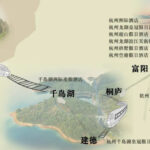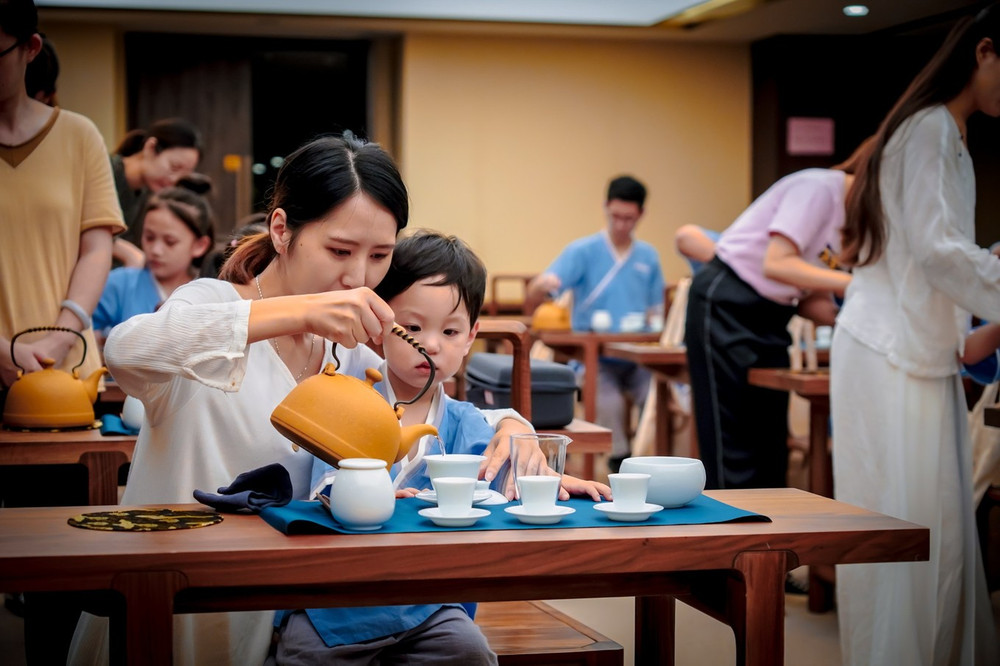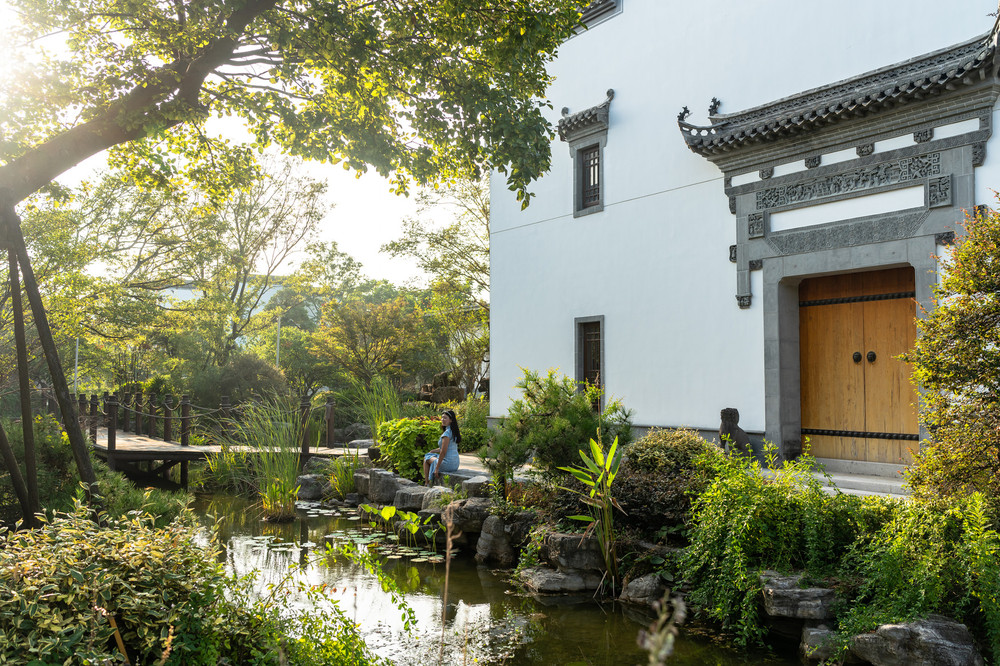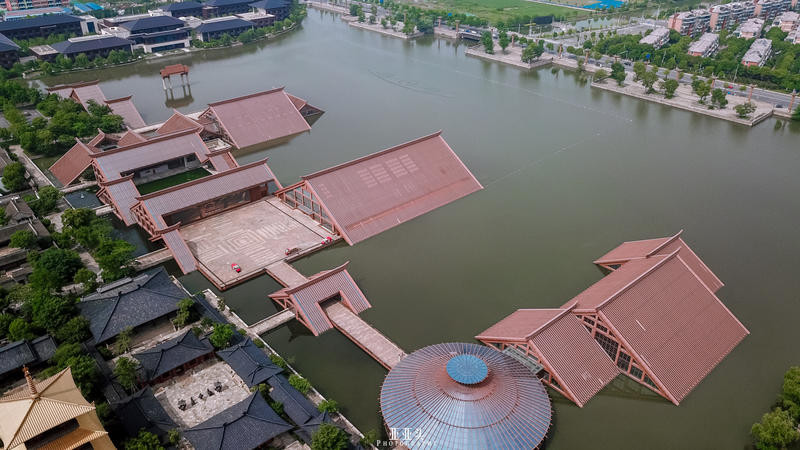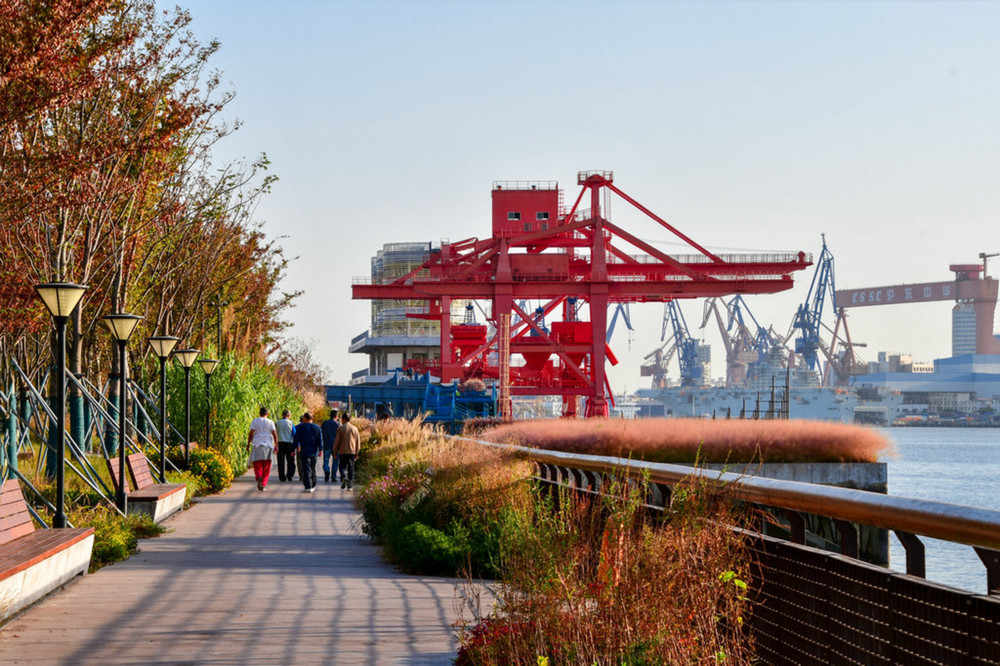Duration: 2 days
Time: November
Cost per person: 1000 yuan
Companions: Solo
Activities: Food, Shopping, Photography, Self-driving, Free travel
Weekend getaway: A solo exploration of Nanjing’s cultural and historical sites.
Places Visited:
- Qinhuai River
- Confucius Temple
- Wen Temple
- Shanghai City God Temple
- Xuanmiao Temple
- Jiming Temple
- Wuyi Lane
- Xuanwu Lake
- North Lake
- Qixia Mountain
Published on: 2019-11-19 13:25
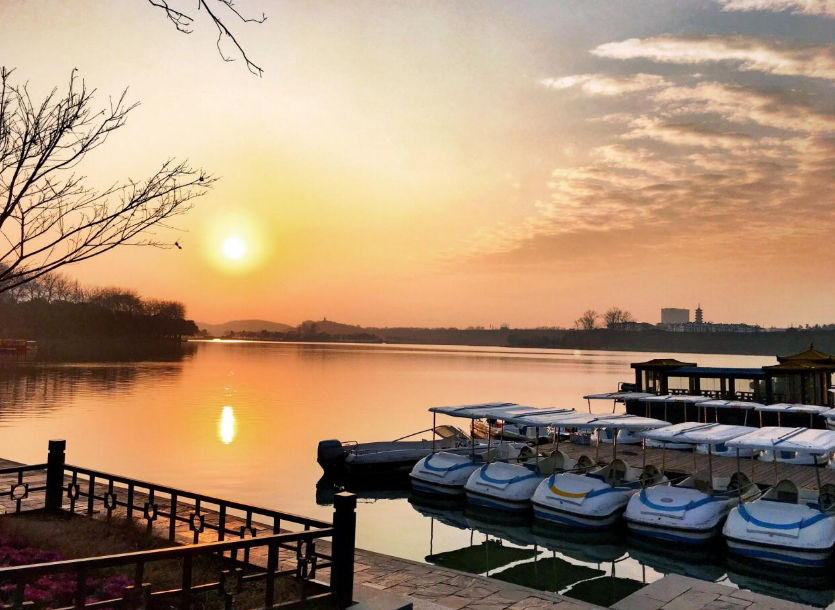
UNESCO Recognition: On October 31, UNESCO announced that 66 cities had been approved to join the UNESCO Creative Cities Network, with Nanjing successfully listed as a City of Literature. Nanjing is the only Chinese city selected as a City of Literature, gaining global recognition.
Cultural Significance: Since ancient times, Nanjing has been known as “The wealth of the world comes from the southeast, and Jinling is its gathering place.” As the capital of ten dynasties, Nanjing boasts deep cultural heritage, filled with elegance, heroism, and grandeur. In Nanjing, life seems imbued with poetry and ancient charm at every turn.
Qinhuai River:
The Qinhuai River is the cradle of ancient Nanjing culture. The inner Qinhuai River, stretching 4.2 kilometers from Dongshui Head to Xishui Pass, has been a gathering place for prominent families, merchants, and literati since the Six Dynasties, earning the nickname “Six Dynasties Gold and Powder.” Standing on the banks of the Qinhuai River at night, one can almost tangibly feel the prosperity of ancient times, as if still hearing the cries of vendors from that era.
This weekend getaway offers a chance to immerse oneself in the rich history and culture of Nanjing, a city now celebrated as a City of Literature by UNESCO.Confucius Temple: Located on the north bank of the Qinhuai River, the Confucius Temple is a place to worship Confucius. It is the first national highest institution in China and one of the four great Confucian temples in China. It is a hub of ancient Chinese culture and a gathering place for the historical and cultural essence of Jinling. The Confucius Temple is a large group of ancient buildings, mainly composed of three groups: the Confucian Temple, the School Palace, and the Imperial Examination Hall. It is the largest traditional ancient market in China and is known as one of the four major bustling markets in China, along with the Shanghai City God Temple, Suzhou Xuanmiao Temple, and Beijing Tianqiao.
Jiming Temple: Also known as the Ancient Jiming Temple, it was founded in the Western Jin Dynasty and is one of the oldest Buddhist temples in Nanjing. It has been known since ancient times as ‘the first temple of the Southern Dynasties’ and ‘the first of the four hundred and eighty temples of the Southern Dynasties’, and is the center of Buddhism in China during the Southern Dynasties. In March and April, the cherry blossoms on both sides of the avenue in front of Jiming Temple bloom in unison, and this road is therefore called Cherry Blossom Avenue.
Wuyi Lane: This short alley, only dozens of meters long, has produced generations of outstanding talents. Eastern Jin Dynasty ministers Wang Dao, Xie An, great calligraphers Wang Xizhi, Wang Xianzhi, and poets Xie Lingyun, Xie Tiao all came from here.
—
They are the famous ‘old Wang Xie’. Thousands of years later, the intermingling of the wealthy and powerful no longer exists. Yet, the sunset still shines obliquely at the entrance of the alley, and the swallows now do not know which ordinary household they have flown to.
Xuanwu Lake, anciently known as Sang Po, Hou Lake, North Lake, is the largest royal garden lake in China. It is known as one of the ‘Three Famous Lakes in Jiangnan’ along with Jiaxing South Lake and Hangzhou West Lake and is acclaimed as the ‘Pearl of Jinling’.
Xuanwu Lake is divided into five continents, each connected by bridges and causeways, forming an integrated whole with mountains and waters everywhere. Ouyang Xiu, a Song Dynasty scholar, once wrote, “There is no beauty in Jinling that surpasses the beauty of the Back Lake.” Xuanwu Lake is both a scenic garden and a cultural site, where historical literati, politicians, and celebrities have all left their mark, becoming beautiful tales passed down through generations.
Qixia Mountain, also known as Sheshan, is hailed as ‘the most beautiful mountain in Jinling.’ During the Southern Dynasties, a ‘Qixia Hermitage’ was built in the mountain, hence the name. Known as ‘the site of the Six Dynasties,’ it was listed as one of the ‘Forty-Eight Views of Jinling’ during the Qing Dynasty and is acclaimed with the saying, ‘One Qixia Mountain, half of Jinling’s history.’ Historically, five kings and fourteen emperors have ascended Qixia Mountain, leaving behind over 80 historical relics and sites.
